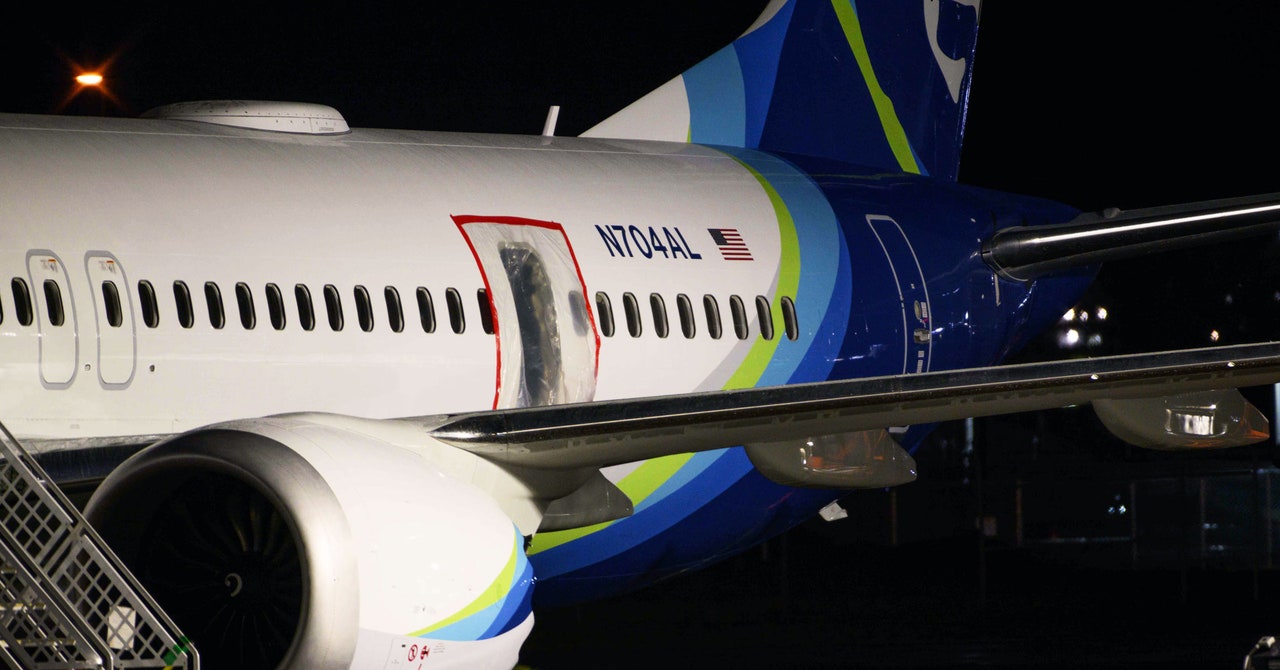When contacted by WIRED, Boeing spokesperson Jim Proulx declined to comment on this, citing an ongoing investigation by the National Transportation Safety Board (NTSB). “Safety is our top priority, and we deeply regret the impact this event has had on our customers and their passengers,” Boeing said in a January 6 statement.
Robert Mann Jr., an independent aviation analyst, wonders if the latest issues with the model 9 are instead related to the supplier or the plane’s manufacturing. He believes the bolt anomalies depicted in the photo, which was shared on X by an editor at Airline Weekly, are unacceptable. “If I found that on my car, I’d be livid, and it would make me wonder: What else might be there that’s problematic?”
Bjorn Fehrm, an analyst at the aviation industry publication Leeham News, agrees that the apparent overlooking of the tightening of these bolts is significant. “It’s a big issue,” he says. However, as far as the Alaska Airlines incident is concerned, he believes that if the screws had not been fully tightened, it would have been “inconsequential.” These bolts aren’t designed to hold in a door plug, he says.
Spirit AeroSystems, the Wichita-based aerospace manufacturer that manufactured the door plug that blew out on the Alaska Airlines flight, declined to comment on the incident. However, in a statement published on its website, Spirit says its “primary focus is the quality and product integrity of the aircraft structures we deliver.”
The company’s parts have caused issues for Boeing in the past. The Seattle Times reported back in October on defects in Spirit components that contributed to months-long delayed deliveries of Boeing 787 aircraft. Tom Gentile, the then CEO of Spirit, resigned following these and other production errors by the company.
But Fehrm hypothesizes the blowout may have been due to alleged oversights that happened after Spirit had added the door plug, once Boeing retook ownership of the plane. Fehrm claims Boeing uses the door in question to access parts of the plane during its checks ahead of the aircraft being cleared to fly. And so, in his opinion: “Someone has taken away the bolts, opened the door, done the work, closed the door, and forgot to put the pins in.”
In other words, he is leaning toward processes being at fault, not the plane’s design. This, though, raises concerns about the way plane safety checks are conducted.
In theory, in the US the FAA checks aircraft for their airworthiness, granting them certification to fly safely. Aircraft designs are studied and reviewed on paper, with ground and flight tests taking place on the finished aircraft alongside an evaluation of the required maintenance routine to keep a plane flightworthy.
In practice, these reviews are often delegated to third-party organizations that are designated to grant certification. Planes can fly without the FAA inspecting them first-hand. “You won’t find an FAA inspector in a set of coveralls walking down a production line at Renton,” says Tim Atkinson, a former pilot and aircraft accident investigator and current aviation consultant, referring to Boeing’s Washington state–based 737 factory.









